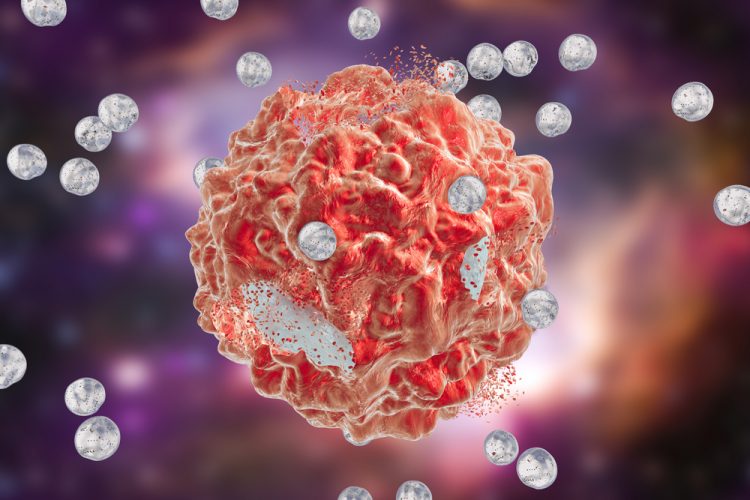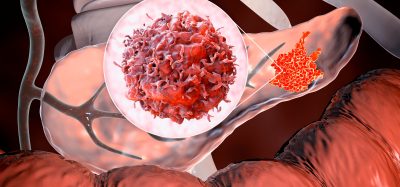Transformable nanoparticles promise advances in tumour treatments
Posted: 13 December 2021 | Anna Begley (Drug Target Review) | No comments yet
A new study provides an in-depth review on the designs and applications of morphology-transformable nanoparticles to improve cancer therapies.

Researchers from China and the US have examined how biology triggers morphological changes in a certain type of nanoparticle called smart transformable nanoparticles that can alter their size and shape upon stimulation from their surrounding environment. Their findings may help improve cancer therapies.
“Smart transformable nanoparticles can alter their morphologies under different physiological conditions as the therapeutic demands,” explained co-author Dr Jianxun Ding. “In our study, we reveal the structural designs for these smart systems as well as the in-depth mechanisms of the transformations.”
NEWS: Targeted nanomedicine reduces vascular lesions in mouse models
The researchers presented the designs of transformable nanoparticles as a guideline for their construction and discuss the biomedical applications in the realm of theranostics. They divided the design transformation into two broad categories: size and shape. For size-transformable nanoparticles, the alterations are further divided into small-to-large and large-to-small transformations. The study, published in Applied Physics Reviews, discloses detailed designs of the particles based on their structures.
For example, the researchers found that a silica nanoparticle of size at 50 nm showed the best tumour penetration, resulting in an excellent antitumour effect, and nanorods exhibited better extravasation and penetration than nanospheres. Meanwhile, nanoparticles of optimal sizes from 100 to 200 nm for circulation reveal lower efficacy for tumour penetration, whereas nanofibres, which have the best tumour retention, show significantly decreased tumour penetration.
As for the mechanisms contributing to nanoparticle transformation, “we believed the structure and stimuli both made a great contribution,” added Ding. “For example, different pH values decided the accurate site for the transformation, which correlate to varying physiological, extracellular, and endo/lysosomal conditions.”
Nanoparticles with constant physical morphologies have been widely investigated and applied in tumour theranostics in the past, while more recent studies of nanoparticle transformation phenomena have focused primarily on the response to stimuli. Until now, however, there has not been an in-depth discussion on the designs and applications of morphology-transformable nanoparticles.
NEWS: HAT proteins could unveil new cancer and Alzheimer’s treatments
“Our review covers the structure design, mechanism for transformation, and biomedical application of smart transformable nanoparticles, and includes perspectives on their limitations as well,” said Ding. “We believe this review will shed light on this important field.”
Related topics
Drug Delivery, Nanoparticles, Nanotechnology, Oncology, Small Molecules, Therapeutics
Related conditions
Cancer
Related people
Jianxun Ding







